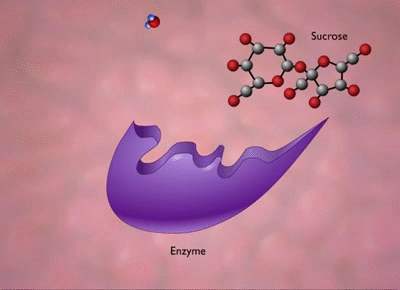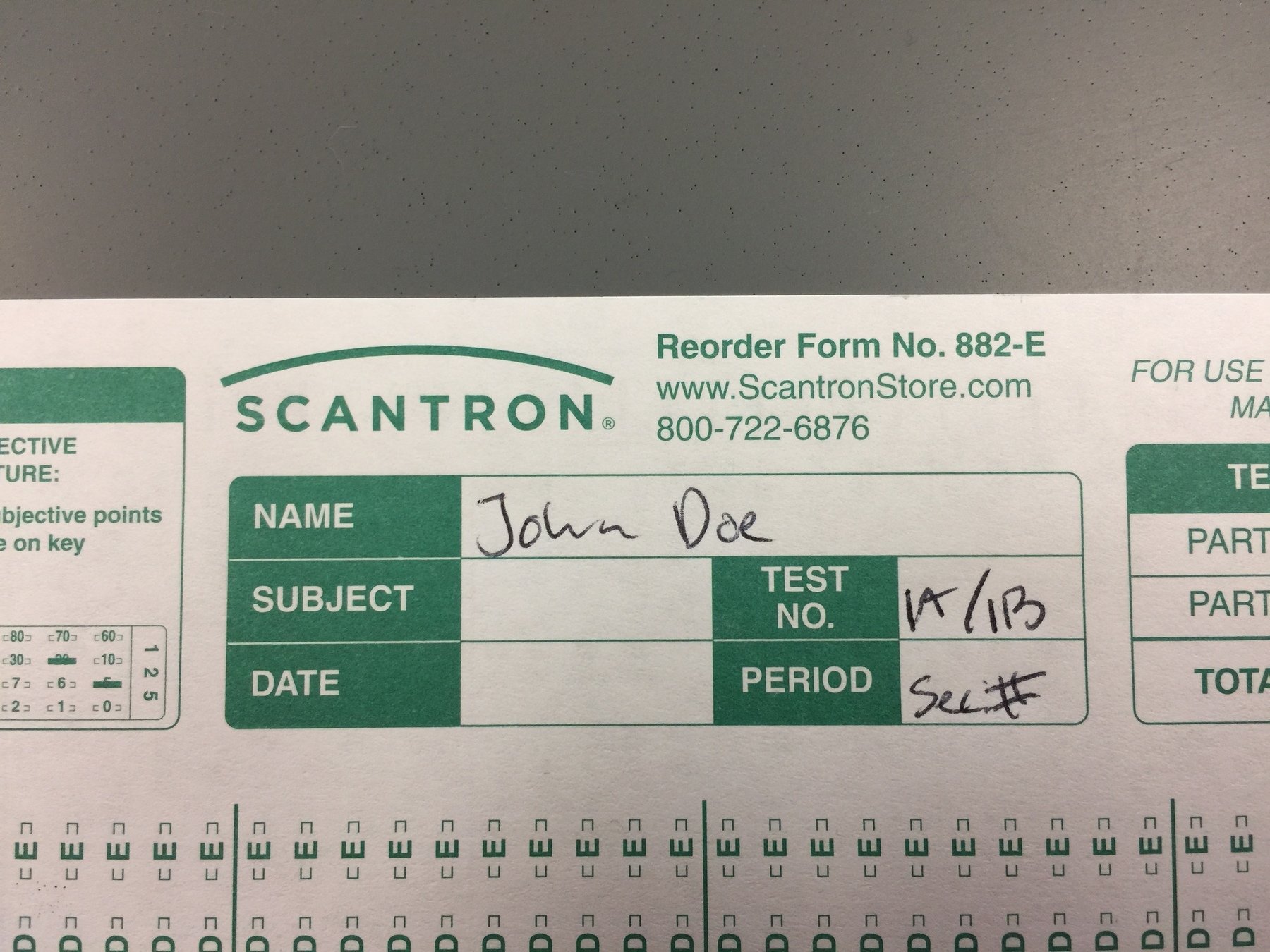Agenda
- Turn in Lab 3 by the staplers on the North bench.
- Needs a name and group number
- ~10 min.: Q&A on Lab 3 material
- 20 min.: Quiz 3
- ~2 hrs.: Lab 4: Diffusion and Osmosis
- ~30 min.: Next lab reminders/questions/review
Lab 3 Q&A
What is an enzyme?
How does it work?


How do the following affect enzyme function?
- Enzyme concentration
- Substrate concentration
- Saturation point
- pH
- Temperature
Catalase Function
2H_2O_2 \rightarrow 2H_2O + O_2
2H2O2→2H2O+O2
Catalase

Catalase
- Where is it found?
- Peroxisomes, predominantly in the liver.
- What does it do?
- Degrades hydrogen peroxide to protect cells from oxidative stress.
Quiz 3

Diffusion & Osmosis
Lab 4
Lab Purpose
To allow students to experiment with osmotic forces and gradients and gain an appreciation for their effect on the human body on both the microscopic and macroscopic level.
Lab objectives
- Define diffusion and be able to explain how it is affected by molecular size and temperature.
- Given the concentration in grams/liter, moles/liter, or % solution, calculate the osmolarity of a solution.
- Given the osmolarities on two sides of a selectively permeable membrane, calculate the osmotic pressure (π) in mmHg, and predict the direction of water flow.
- Recall the normal osmolarity of human plasma and know what concentrations of NaCl and glucose are isotonic with plasma. Explain the effect of tonicity on red blood cells.
Lab Safety
- Goggles!
- Closed toed shoes
- Gloves
- Adequate coverage from neck to ankles
- Put your hair up!
- If you are exposed to someone else's blood TELL ME.
- Permanganate solution goes in the bottle by the sink

Experiments
- Solubility
- Thistle tube osmometer
- Mechanism for edema (dialysis sausage)
- RBCs as a mini osmometer
Thistle Tube Osmometer Setup
Dialysis tubing "sausage"
RBC's as a mini osmometer
(and needle gun demo)
Core principles
What is diffusion?
- How is it affected by:
- Temperature
- Molecule size
How to calculate osmolarity
Osmolarity = Molarity \times n
Osmolarity=Molarity×n
n is the number of particles the solute dissociates into when dissolved
\%\ solution = grams/100\ milliliters
% solution=grams/100 milliliters
Know what % solution means
Osmotic Pressure
\pi = 19,300 mmHg \times \Delta C
π=19,300mmHg×ΔC
\Delta C = Osm_{solution_1} - Osm_{solution_2}
ΔC=Osmsolution1−Osmsolution2
Normal Osmolarity of Human Plasma
- 0.9% NaCl
- 5.0% Glu
The Effect of Tonicity

We used 20% glucose today.
- Hypertonic
- Used clinically. Why?
- When infused with hypertonic glucose, insulin is released to stimulate glucose uptake, reducing the concentration of glucose.
Lab 5: Action Potentials and Neurons
- Read:
- Stanfield pgs. 179-193
- Silverthorn pgs. 240-254
- Bring:
- Goggles
- Calculator